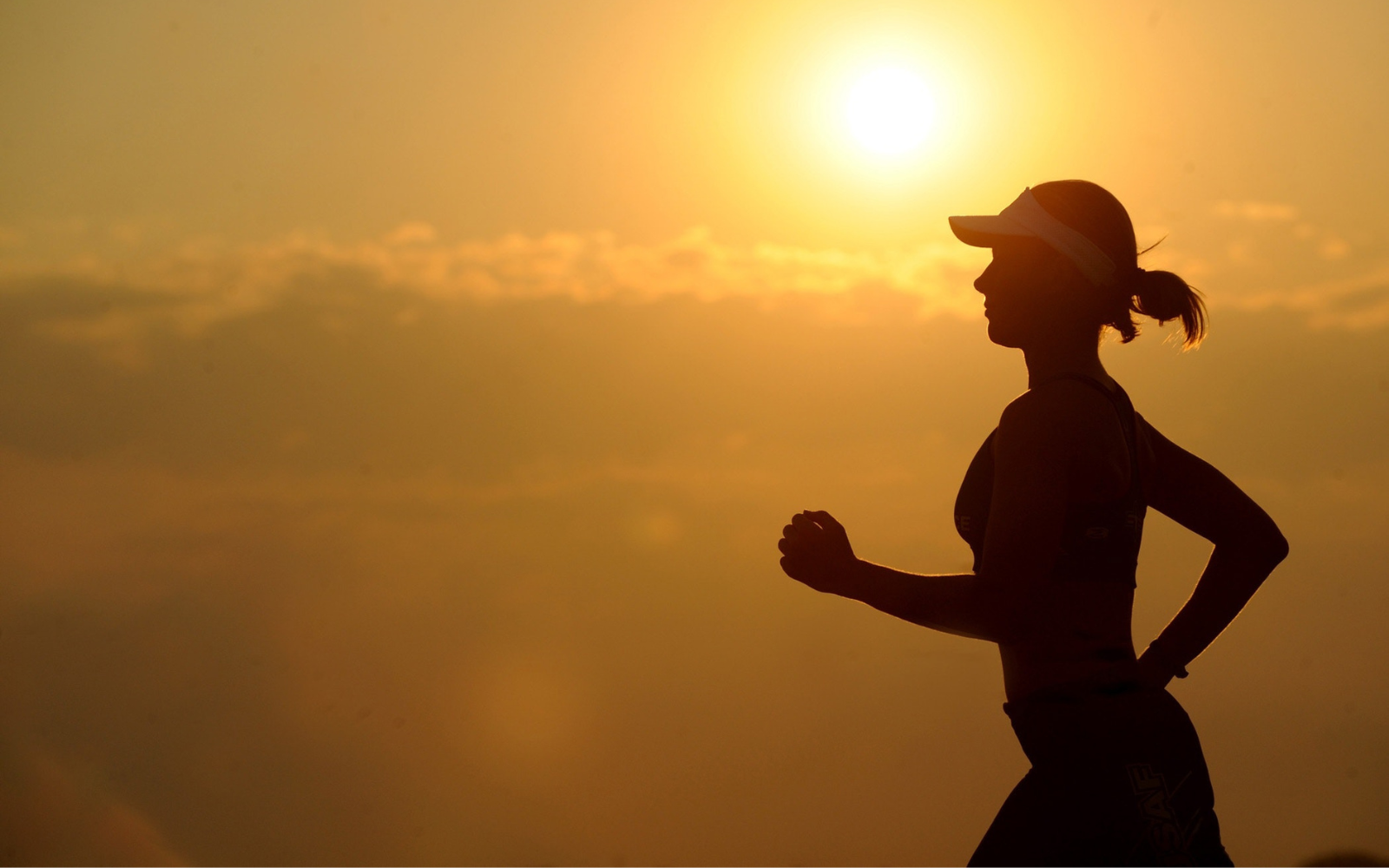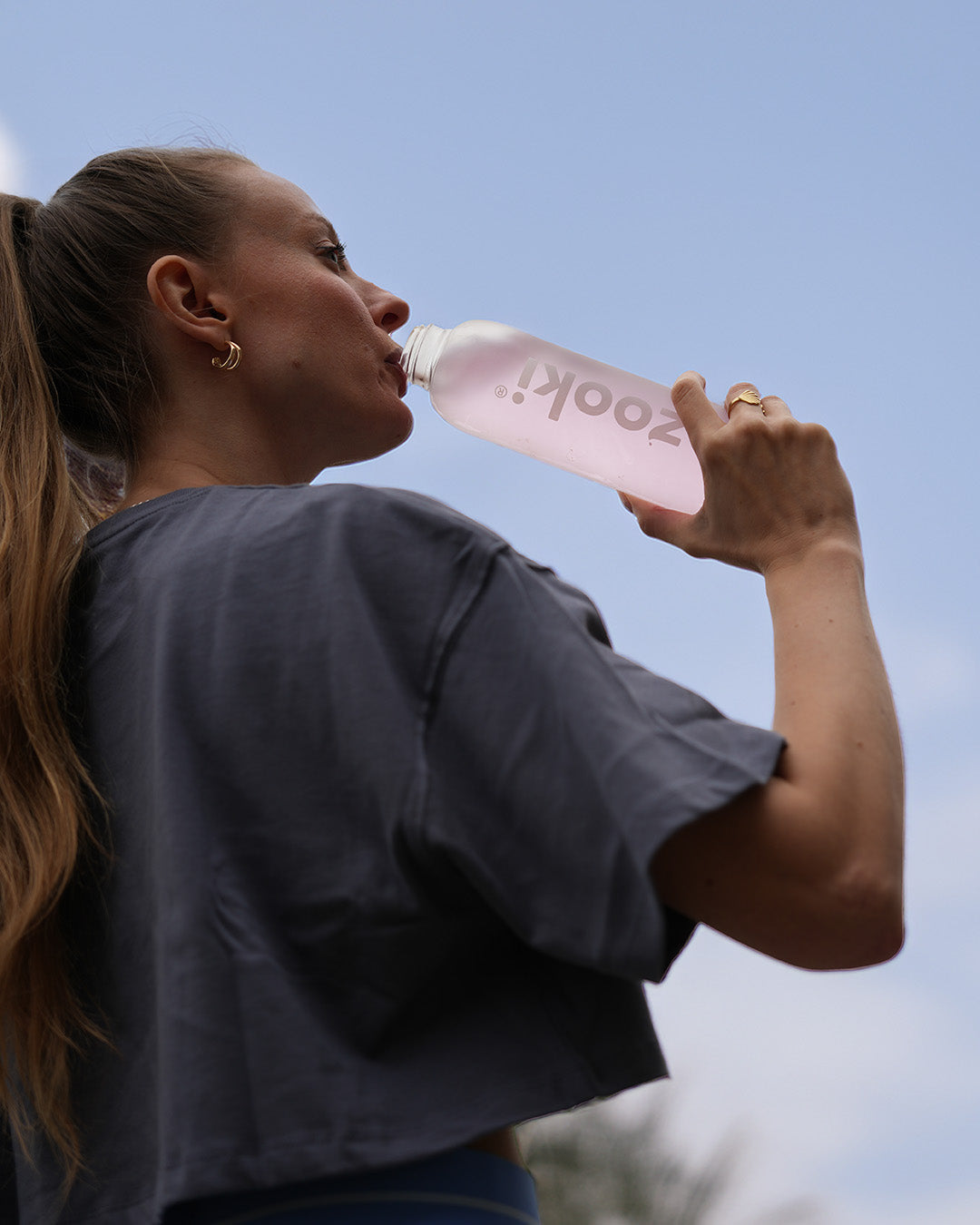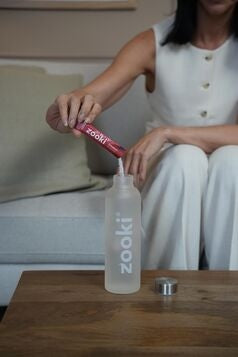DOMS stands for Delayed Onset Muscle Soreness and is pain or discomfort that occurs as a result of muscle damage after strenuous exercise.
It usually starts within 24 hours of doing a resistance exercise and peaks between 24-72 hours afterward. It can be described as a dull and aching pain in the muscles you have put a lot of tension on during the workout, often accompanied by tenderness and stiffness.
If you feel muscle pain immediately after you have done a workout, that is different. It is called acute muscle soreness.
How do we prevent DOMS?
Although there are a number of ways to help prevent DOMS and its symptoms, it is important to be aware that pain reduction does not equal recovery. These following treatments may only be effective in reducing symptoms of pain, but underlying muscle damage and reduced function may persist. DOMS generally gets better on its own after a few days to a week.
Active Recovery
Active recovery is a technique to help prevent DOMS using low-impact aerobic exercise, such as walking, easy biking, and gentle hiking or swimming, immediately after a workout to increase the blood flow to overworked muscles. The increased blood supply may also help alleviate inflammation.
Massage
Massage is one therapy that has been proven to show significant effects in reducing the intensity of the stiffness and pain felt associated with DOMS. A study in 1994 suggests that getting a massage two hours after exercise can reduce soreness by interrupting the body’s inflammatory process. In another study, massage therapy was seen as effective in relieving DOMS by about 30%. It was also shown to reduce swelling. Another 2014 study on foam rolling found similar effects.
Although massage can make the pain go away, it is important to know that inflammation is a necessary part of healing, and disrupting inflammation prematurely may delay full recovery.
Topical pain relievers
Topical analgesics are products that intend to alleviate pain. Ones based on menthol and arnica can help prevent DOMS. It is possible to apply these products topically to the region that is sore.
In a randomised control trial, it was found that topical analgesics can help reduce pain.
Stay hydrated
Electrolyte imbalance can lead to muscle discomforts such as twitching, spasms, weakness, cramps, or convulsion. This is the reason why it is important to stay hydrated throughout your exercise. One study found that men who exercised in hot, humid temperatures had a big drop in muscle soreness when they drank water before, during, and after exercise, compared to men who didn’t hydrate.
Sleep
Sleep is a very powerful tool, not only for a healthy lifestyle, but for helping to prevent DOMS and building muscles. In the deep phases of sleep, muscle-building chemicals such as Human Growth Hormone are naturally released by your body.
Cold baths
A review of studies in 2016 found that cold water immersion, at temperatures between 11 and 15 °C and for about 11-15 minutes can lessen the degree of DOMS. Although icing muscles immediately after maximal exercise suppresses inflammation, it also hinders muscle fibre growth and delays muscle regeneration, which may not be ideal for athletes who are trying to increase muscle size and strength.
Heat therapy
In a 2017 randomised controlled trial, it was found out that there is a reduction in muscle soreness with the application of low-level temperature heat wraps when applied immediately after a heavy exercise and left for about 8 hours. It was also found that there is a benefit with the application of heat for 24 hours.
How to prevent DOMS post-workout
Train wisely
The best way to prevent DOMS is to progress slowly into a new exercise programme and avoid large increases in resistance training load, especially for eccentric exercises. Increasing the intensity of your workout one small step at a time can allow the muscle time to adapt to new stress and help to safely build your strength and endurance while you minimise the effects of DOMS, but it is unlikely that soreness can be avoided altogether. Listen to your body and watch out for when an exercise moves from stress into pain.
Warmup before an intense workout
A proper warmup is important in preparing the muscle for the types of forces that may cause damage, but there is little evidence that warming will prevent DOMS symptoms. You can try starting with a high-quality warm-up at the beginning of your workout as this can help your muscles prepare for exercise and safely recover from physical stress.
Cool down after your workout
Stretching is sometimes done before exercise, but it is more effective to stretch after the body is warmed up, and after exercise. The cool down can regulate blood flow and possibly even help relieve inflammation and the build-up of lactic acid. Stretching has not been shown to reduce or prevent DOMS, but DOMS should only last for a few days and if you cool down properly, the involved muscles will be better prepared for future bouts of the same type of exercise.
Try compression sleeves
Some individuals wear compression sleeves to prevent DOMS, which may be helpful, but more research is needed in this area.
Supplements for DOMS
Many people take nutritional supplements, specifically antioxidants, in hopes of recovering faster. Although more research is needed, some findings suggest that eating certain foods or taking certain supplements may help prevent DOMS.
-
Omega 3: Some studies have suggested that nutritional intervention of omega 3 fatty acids before and after exercise was effective in helping to prevent DOMS, likely due to its effect on the body's inflammatory responses and oxidative stress leading to DOMS reduction.
-
Curcumin: A 2019 study showed that taking 1.5mg of curcumin daily resulted in decreased muscle soreness suggesting that curcumin may reduce muscle damage and perceived muscle soreness without negatively impacting a natural inflammatory response following exercise.
-
Vitamin C: One study found that supplementing with Vitamin C reduced soreness by up to 44 percent.
Summary
Having a well-rounded approach to health and fitness is important for a healthy lifestyle. This includes not only exercise, but hydration, mobility, good nutrition, and good sleep on a daily basis. Employing these is a great and long lasting way to prevent not only DOMS but any potential injuries related to exercise.






Share:
What are the different types of Collagen and what are their benefits?
Why do we need prebiotics?